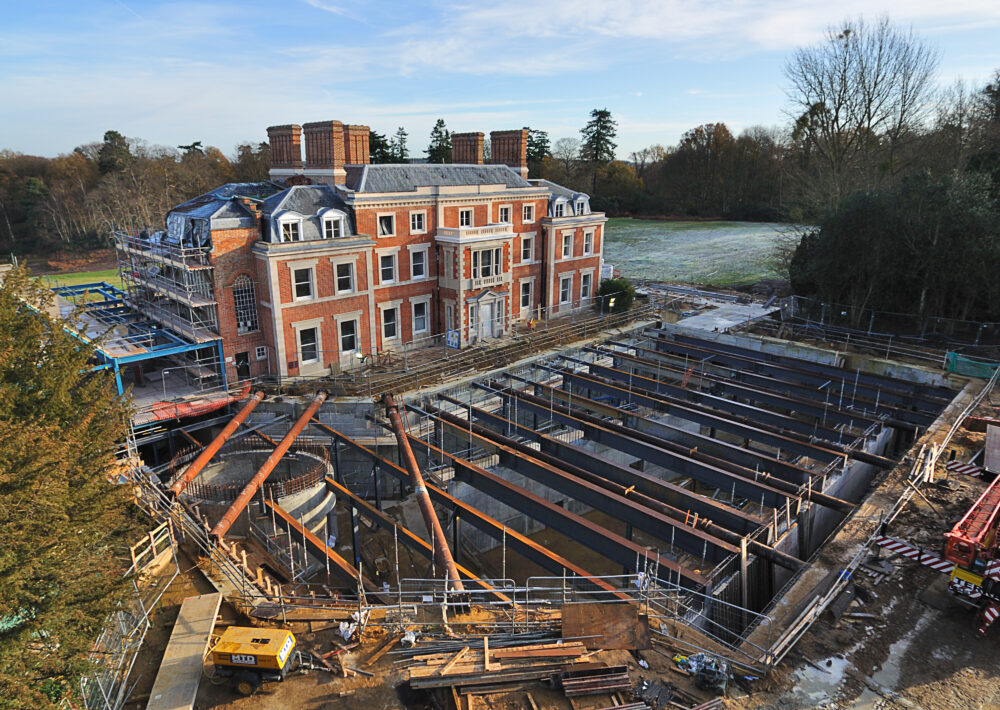Refurbishing properties involves collaboration between multiple stakeholders and professionals, from surveyors and architects to engineers and planners.
Civil and structural engineers ensure the project brief is correctly interpreted and implemented throughout the planning and construction process.
While refurbishing properties involves a multitude of expertise, engineers are integral – read on to find out why.
1: Grasping the Project Brief and Client’s Vision
Every successful refurbishment project requires a comprehensive understanding of the project brief, to which engineering expertise is fundamental.
Interpreting the client’s vision and ensuring feasibility requires engineering insight.
Engineers align their technical skills and creativity with the client’s aspirations, ensuring the end result meets practical requirements.
2: Interdisciplinary Collaboration
Refurbishment projects require collaboration with architectural, Structural Engineers and mechanical, electrical, and plumbing (MEP) teams.
Clegg Engineers ensure structural changes align with architectural, designs and MEP installations, turning challenges into opportunities.
3: Structural Considerations
A comprehensive understanding of the existing building structure, its strengths, weaknesses, and potential risks are key to refurbishment.
Modern refurbishment engineering encompasses renovating the physical structure and integrating energy-efficient technologies, improved materials, and innovative design approaches.
4: Extending Building Lifespan
Engineers are instrumental in extending the lifespan of buildings through strategic refurbishments.
By identifying and rectifying structural issues, improving building systems, and incorporating resilience against future threats, adding extra storeys, engineers help prolong the operational life of buildings and add value.
Engineering input ensures properties meet rigorous technical specifications, improving their lifespan for future use.
5: Innovative Solutions
Every refurbishment project is unique, presenting challenges that engineering expertise can solve.
Engineers use their technical expertise to devise solutions to structural constraints, address structural weaknesses, rectify design flaws, or update outdated systems.
Cutting-edge technology, like 3D modelling, can assist engineers in visualising the project’s outcome.
6: Compliance with Modern Standards
A key aspect of refurbishment projects is ensuring compliance with modern safety standards and building codes. This is particularly important when refurbishing a historical or period property to current building regulation standards.
Engineers play a crucial role here, guiding the project through compliance, from structural safety to fire safety and accessibility requirements.
7: Driving Sustainability
Sustainability is at the forefront of modern refurbishment projects and has become an important component of residential and commercial building standards and regulations.
Clegg Engineers can adapt building to are adept at integrating green technologies and renewable energy systems and providing insights into energy-efficient designs.
For example, engineers can integrate solar panels, thermal energy or building-mounted wind turbines, ensuring integration with electrical systems.
Tap Into Proven Engineering Experience with Clegg
Civil and structural engineering experience is intrinsic to refurbishing buildings to a top-quality modern standard.
Building regulations and standards constantly evolve, emphasising the importance of expert engineering insight.
Clegg applies our civil and structural engineering expertise across numerous industries, from healthcare, residential, retail and education to civil engineering, leisure and historical buildings. View our project portfolio here.
Explore our projects here or contact us for more information here.
